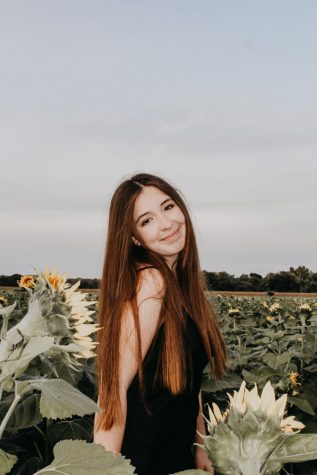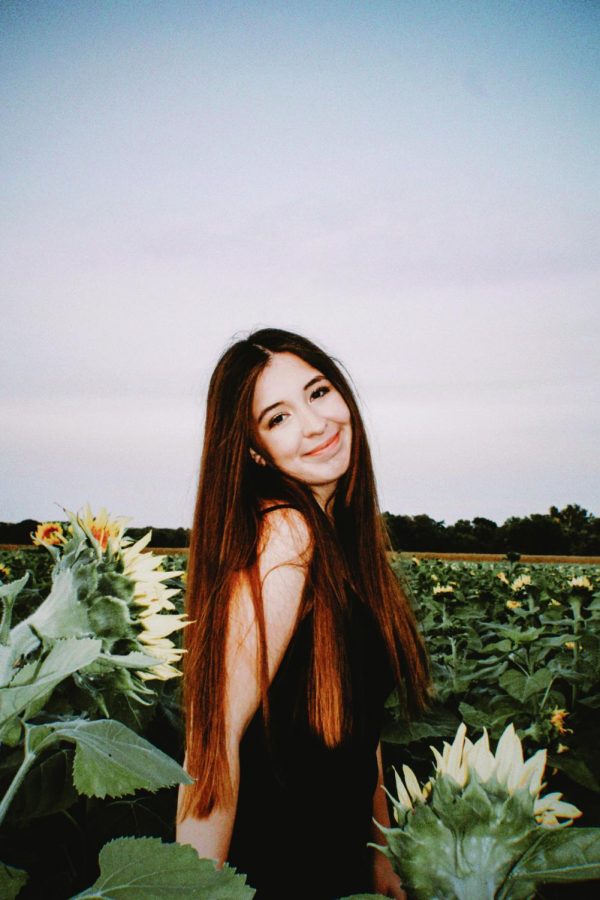‘I almost lost art because I was sandwiched between self- doubt and pursuing what I love‘
I wish I could draw like that,” I said while gawking over the desk of a Disney sketch artist.
“You can.” I looked up to meet my eyes with the very serious man and felt my young heart drop.
“If you have a pencil, piece of paper and try hard enough, you can draw anything,” he finished saying.
Years later, I am now a senior in high school and this seemingly small moment still sticks with me as if it had happened yesterday. The man was most likely trying to motivate me and keep me hopeful for growing my abilities — for every artist knows change is a good thing, but my first impression of the moment was consumed with embarrassed rage.
I was young and still very impressionable, so this comment, rather than encourage me, actually made me convince myself that I wasn’t a real artist. It all came from how I had to process it with time and experience.
At first, the art I aspired to create was not being achieved because I thought my tools were flawed, or I wasn’t old enough, but here, this instant idol of mine was telling me I didn’t need any of that to create the art I was so obsessed with — so there had to be something wrong with me, right?
Well no, of course not. That was just my brain overthinking and squeezing the life out of my dreams by replacing them with doubts. Doubting is something that has always stopped me from experiences — but I could never let it take art away from me, so I fought to prove to my brain I was good enough.
It wasn’t until I found myself drawing freely, without care, letting anything and everything hit my page, forgetting the world around me that a realization set in and the truer meaning of his words hit me.
Art isn’t given meaning by the creator’s tools or age or even brand, but by the creator’s outlook on their art.
Sure, I have heard more than a dozen people say, “I am so bad at art. I can only draw a stick figure!” And claim that makes their creations meaningless — but if that stick figure makes the artist truly happy with their skills, it is rather very meaningful.
Every artist owns a unique style and it can be hard to find where it belongs. I am thankful for Newspaper allowing me to express my ideas and find a bigger voice in my designs. The supportive environment really motivated my art to grow beyond anything I could have ever imagined. Newspaper welcomed art styles of all feats of skill which surrounded me with the people I needed to find my place within Blue Valley High School.
So while I am not trying to undermine the effort and skill it takes to be a professional artist, I am mainly wanting to shed light on the feelings felt toward making art and how approaching your craft with a different mindset can better you and it.
I have seen in media that artists have to be these unstoppable forces who never burn out and wait for creativity to strike — these almost lifeless figures without their passion. It hurts to imagine ending up like that.
Feeling while creating is what powers your work. It is what I love the most when finishing a piece, relishing in all the feelings I felt while adding little details in a piece. These feelings do not even have to be positive, for it is just as unhealthy to forget the importance of feeling in art as over-saturating your life and ignoring hardships.
Art can be a great way to translate feelings you would otherwise be lost in explaining. To take that away and expect all an artist is capable of is printing out mindless copies is what produces a mindset of what it means to be a true artist.
I almost lost art because I was sandwiched between self-doubt and pursuing what I love. If I was never able to understand and appreciate the inner value there must be to approaching art, I could have lost myself to the murky depths of mental collapse.
I have held onto art my whole life because when it comes to creating, I find it is not the functions from inside the brain, but more the expression from your heart.

Mia Rice is a senior and this year is her second one on staff. Her interests include drawing, giggling, and watching movies. She loves to apply...




